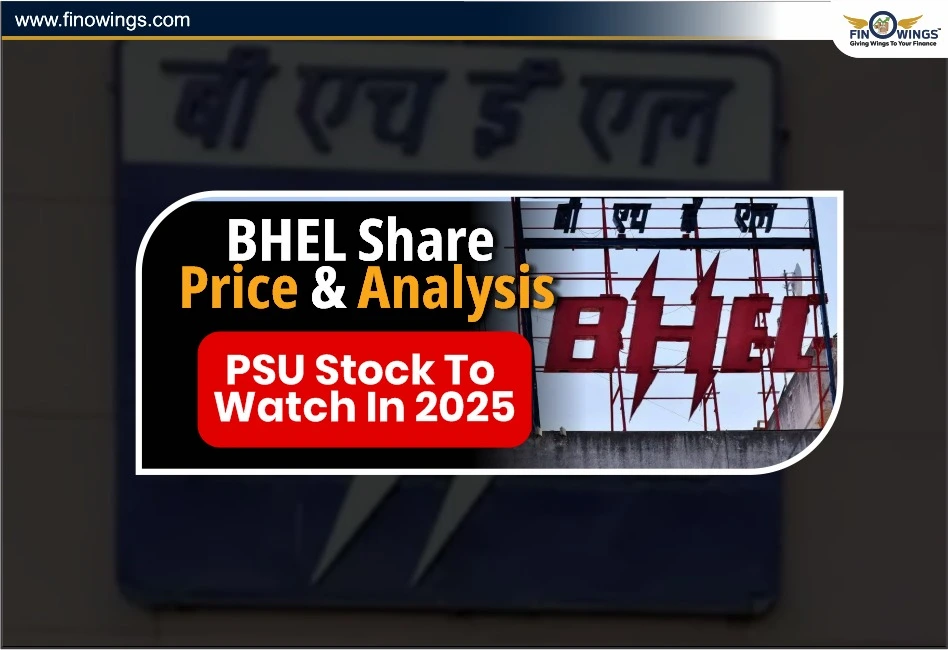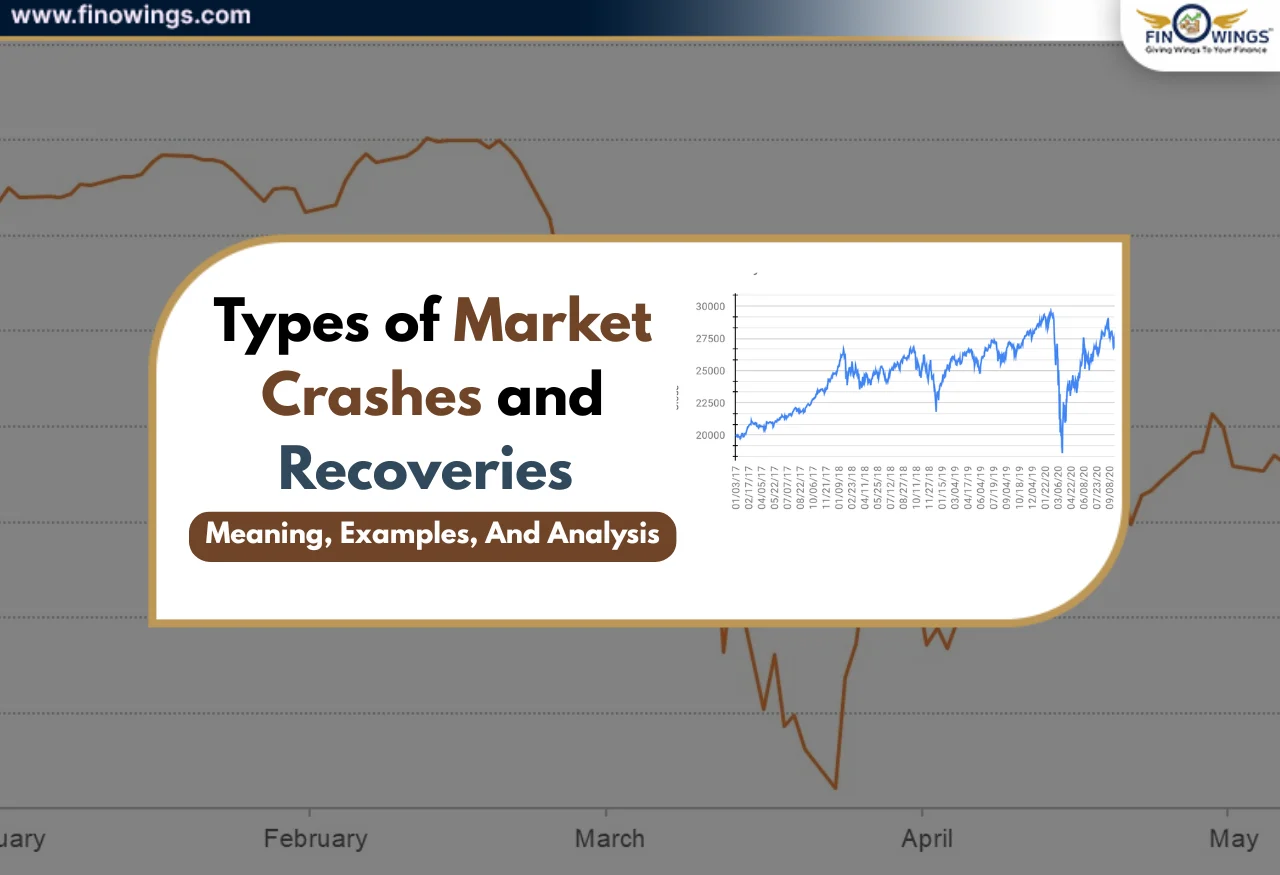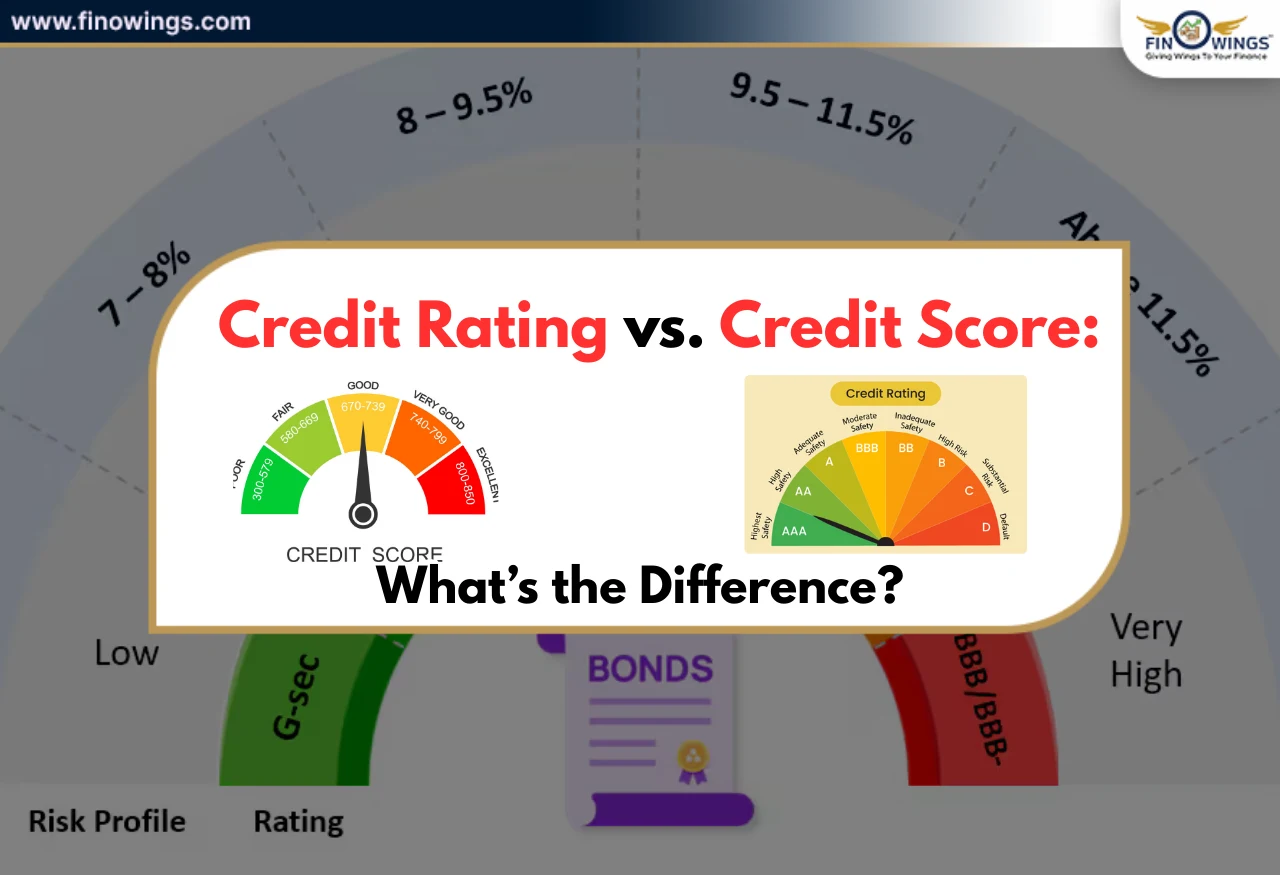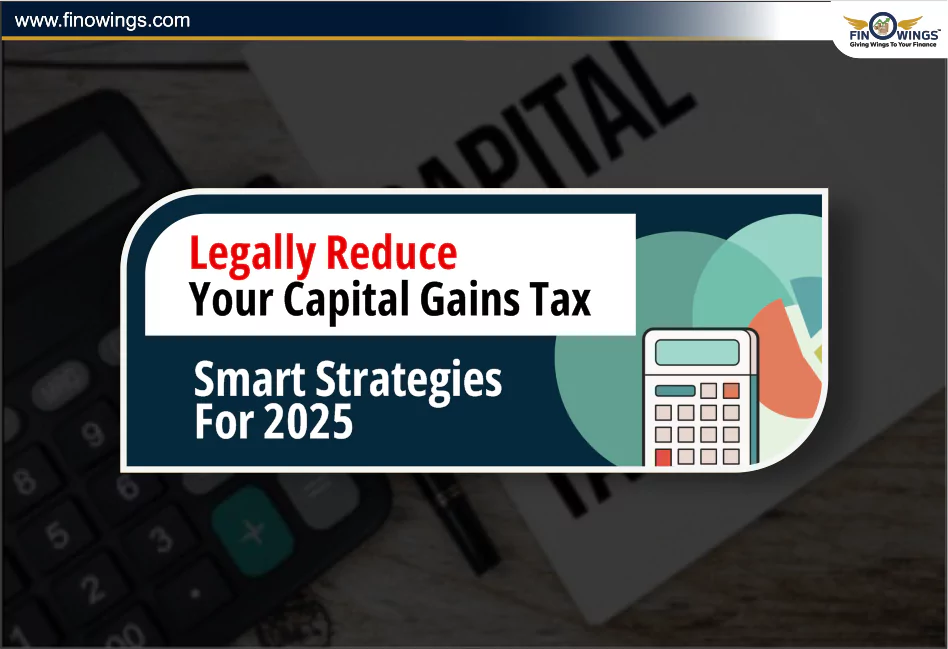Home >> Blog >> BHEL Share Price & Analysis: PSU Stock to Watch in 2025
BHEL Share Price & Analysis: PSU Stock to Watch in 2025

Table of Contents
What has Bharat Heavy Electricals Limited (BHEL) done to propel its stock this much in 2025? It turns out, they have ordered a significant amount of power equipment, which puts India’s BHEL into the spotlight as a public sector undertaking (PSU) mark in Engineering and Power in India.
In this blog, we will check if BHEL has managed to stay on its promised growth trajectory and share price record.
Detailed Video:
BHEL Share Price Performance in 2025
Currently, as of April 2025, BHEL’s share price seems to fluctuate continuously, hitting a ceiling at Rs. 205.69 on the NSE. Several of them have suffered a 17% decline, being the worst performers of the year to date, and a 4% drop just in the week.
BHEL Product Portfolio
Bharat Heavy Electricals Limited maintains a diversified product portfolio, catering to various sectors including transmission, defence, power generation, transportation, aerospace, and industrial systems. The various broad product portfolio of BHEL is mentioned below-
Thermal Power:
-
Steam turbines, boilers, and generators for coal and gas-based plants.
-
Advanced Ultra Supercritical (AUSC) technology for high-efficiency power generation.
Hydro Power:
-
Kaplan, Francis, and Pelton turbines
-
Generators, governors, and control systems
Nuclear Power:
-
700 MWe Pressurized Heavy Water Reactors (PHWRs)
-
Steam generators, reactor headers, and other critical components
Gas Power:
-
Gas turbines and combined cycle systems.
-
Dry Low NOx (DLN) combustors for reduced emissions.
Renewable Energy:
-
Wind power equipment
-
Transmission & Distribution
-
Power transformers (1200 kV)
-
Gas Insulated Switchgear (GIS) and Air Insulated Switchgear (AIS)
-
High Voltage Direct Current (HVDC) systems
-
Control and relay panels.
Transportation
-
Electric locomotives and propulsion systems.
-
EMU (Electric Multiple Unit) traction equipment.
-
Metro rail equipment.
Defence & Aerospace
Super Rapid Gun Mount (SRGM) naval gun.- Integrated Platform Management Systems (IPM).- Gas turbines for naval applications.- Missile systems and aerospace components.
Major Order Wins Fueling Growth
Keeping in mind BHEL’s impressive all-around increasing order book, this does seem possible:
Singareni Thermal Power Project
Bharat Heavy seems to have received a surge of attention, quite rightly so. First on the list is the Koradi Thermal Power Plant, which received an impressive Rs. 8,000 crore order from MAHAGENCO. This includes constructing a Thermal Power Plant of 1,320 MW (2x660 MW) of thermal Power and a further increase of additional orders.
The other major attention comes from the order of Rs. 6,700 crore for the EPC package for the 800 MW project in Telangana.
HVDC Transmission Project
BHEL, along with Hitachi Energy, will construct an AC substation along with an HVDC unit for transferring renewable energy from Fatehpur and Bhadla IIIAC Solar Power Plants located in Uttar Pradesh.
These orders secure up to 10,400 MW worth of power projects in FY 2025, with an additional 7,960 MW worth of tenders under consideration.
Financial Performance and Outlook
Financial indicators of BHEL suggest that, as of now, there is an indication of a positive tendency.
Revenue: BHEL’s system-integrated revenue increased year on year by around 29% during the second quarter of FY 2025.
Margin Enhancement: Operating margins changed for the better, swinging upwards to stand at 4.2% in the Q2 of FY 25, compared to 3.0% in the fourth quarter of Q4 2024.
Defence and Renewables: Backwards Diversification
Along with power projects, BHEL is diversifying into producing defence equipment like naval guns, armoured vehicles, and missile systems. This shift in strategy is likely to capture a substantial market share of orders in the future.
Explore IREDA share analysis.
Negatives of BHEL
-
BHEL's core business still depends heavily on thermal power projects. With Indian renewable projects (solar, wind, green hydrogen) aggressively coming up, the thermal project is going out of favor.
-
The company had been seeking diversification into defense, transportation, and solar energy. These businesses have not contributed meaningfully to revenue or profits thus far. Investors in general have deep doubts over these diversification attempts success and execution.
-
Increasing input costs and competitive pressure on pricing in EPC contracts keep margins thin. A high working capital requirement coupled with delays in receivables and poor returns (RoE/RoCE) make it a less attractive bet now. Therefore, the earnings growth has been erratic and inconsistent.
-
On cutting-edge technology and innovations, BHEL lags behind its international peers (GE, Siemens) and even other Indian players (L&T). This has reduced its competitiveness in bidding for high-tech infrastructure and energy projects.
-
Though a high-volume traded stock, BHEL has had characteristics of a value trap - cheap valuations but no consistent upside. Governance concerns and sectoral headwinds have often limited FII/DII participation in the stock market.
-
Sentiments around PSUs are usually cyclical, and BHEL has not capitalized on bull runs like its private industrial counterparts.
Conclusion
BHEL is positioned as an intriguing PSU stock to watch in 2025 due to its significant order wins, rising financial indicators, and strategic diversification. Before making judgments, investors should think about their investment horizon, risk tolerance and perform research.
Disclaimer: No buy or sell recommendation is given. No investment or trading advice is given. Always discuss with an eligible financial advisor before making financial decisions.
Author
Frequently Asked Questions
BHEL's growth potential is driven by its diversified business model, robust order book, strategic capital expenditure (capex) investments, and expansion into the railway sector. Additionally, strong promoter and institutional investor confidence support its long-term prospects.
BHEL's stability during market volatility can be attributed to its diversified revenue streams, particularly its strong presence in the power sector, which contributes significantly to its income. The company's resilience is also bolstered by its impressive order book and ongoing investments in capacity expansion.
The power sector is the primary contributor, making up 77% of BHEL's revenue. Other key sectors include the railway sector, where BHEL provides critical components and systems. The company's diversification into various industry segments helps drive its growth.
BHEL faced significant challenges during the COVID-19 pandemic, resulting in financial losses in the 2020-2021 fiscal year. To address these challenges, BHEL has focused on improving cost management, operational efficiency, and investing in strategic capex to enhance production capacity and meet demand.
Collaborations with global companies like HIMA are crucial for BHEL as they enhance its technological capabilities and competitiveness, especially in the railway sector. These partnerships enable BHEL to offer advanced solutions and expand its service offerings, thereby strengthening its market position.




















